- Your School Type
- Solutions
- Resources
- Blog
- Events
- More
- Contact Us
- Book a Demo
- Get a Quote
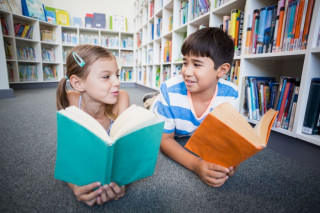
Earlier this year Scholastic released the Kids and Family Reading Report which explored family attitudes and behaviours in relation to reading for fun.
The report centres on reading for pleasure and offers some great insights that school libraries could leverage in the work they do to promote literacy and reading.
Above all, kids aged 6-17 want to read books that make them laugh.
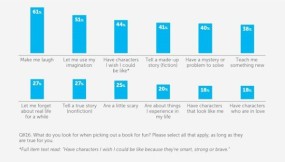
Aside from motivating kids to read, laughter has so many knock-on effects. Studies suggest that laughter can decrease stress levels, help improve sleep, act as a mild anti-depressant and re-energise the body and mind – all things that can help improve academic achievement.
You could promote your libraries comedic offerings by creating a library display of your humorous books, set up reading lists and bright carousels in your Oliver v5 library management system or embed funny library or book related videos on your school library’s homepage.
Try to also make your in-library signage quirky and humourous - we’ve put together a Pinterest board to inspire you!
The Scholastic report confirms what many school librarians already know – nearly eight in 10 children aged 6-17 still prefer to read print books when it comes to reading for leisure.
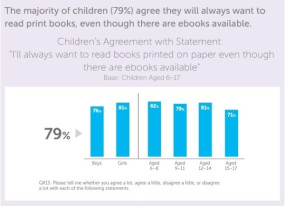
eBooks have an important role to play though in the modern school library. They can help extend the range of resources that school libraries can offer to students, and provide students with the option to borrow, download and instantly read library resources, even when they can’t make it to the school library.
Also the preference for physical books may change soon. Among children who have not read an eBook, four in 10 (39%) express interest in reading an eBook, with younger kids being more interested than older children. As this group matures, and their access to eBooks increases, there may be more demand for digital resources.
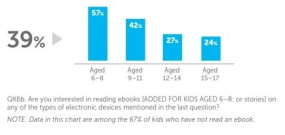
Perhaps the biggest key in getting kids to read more, is helping them to find a book they like.
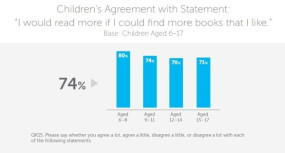
Trained school librarians are experts in matching kids with great reading materials and today’s library technology can help extend that reach far beyond the library’s walls.
Oliver v5 is full of features to help school librarians to get the perfect book in the hands of a student – book reviews by their peers, big and bright cover art in tiled search results, “more like this” book suggestions, reading lists and carousels are just the start!
Watch our “Peek into Oliver” video to find more ways to engage your students, or contact your local representative to organise a demonstration.